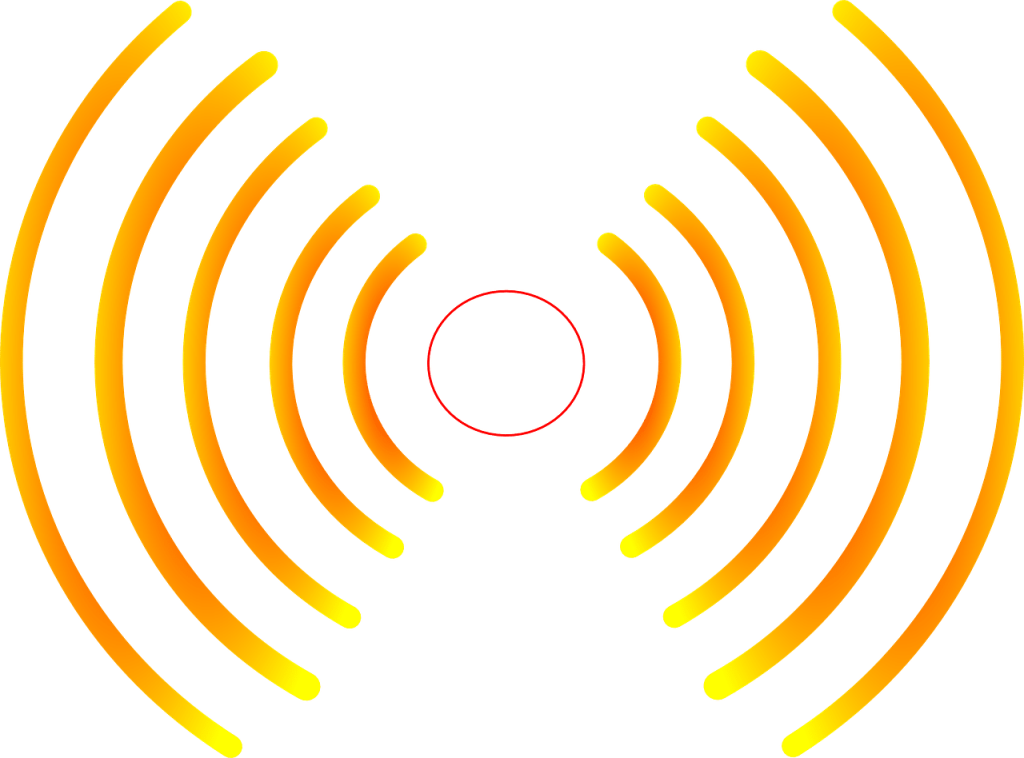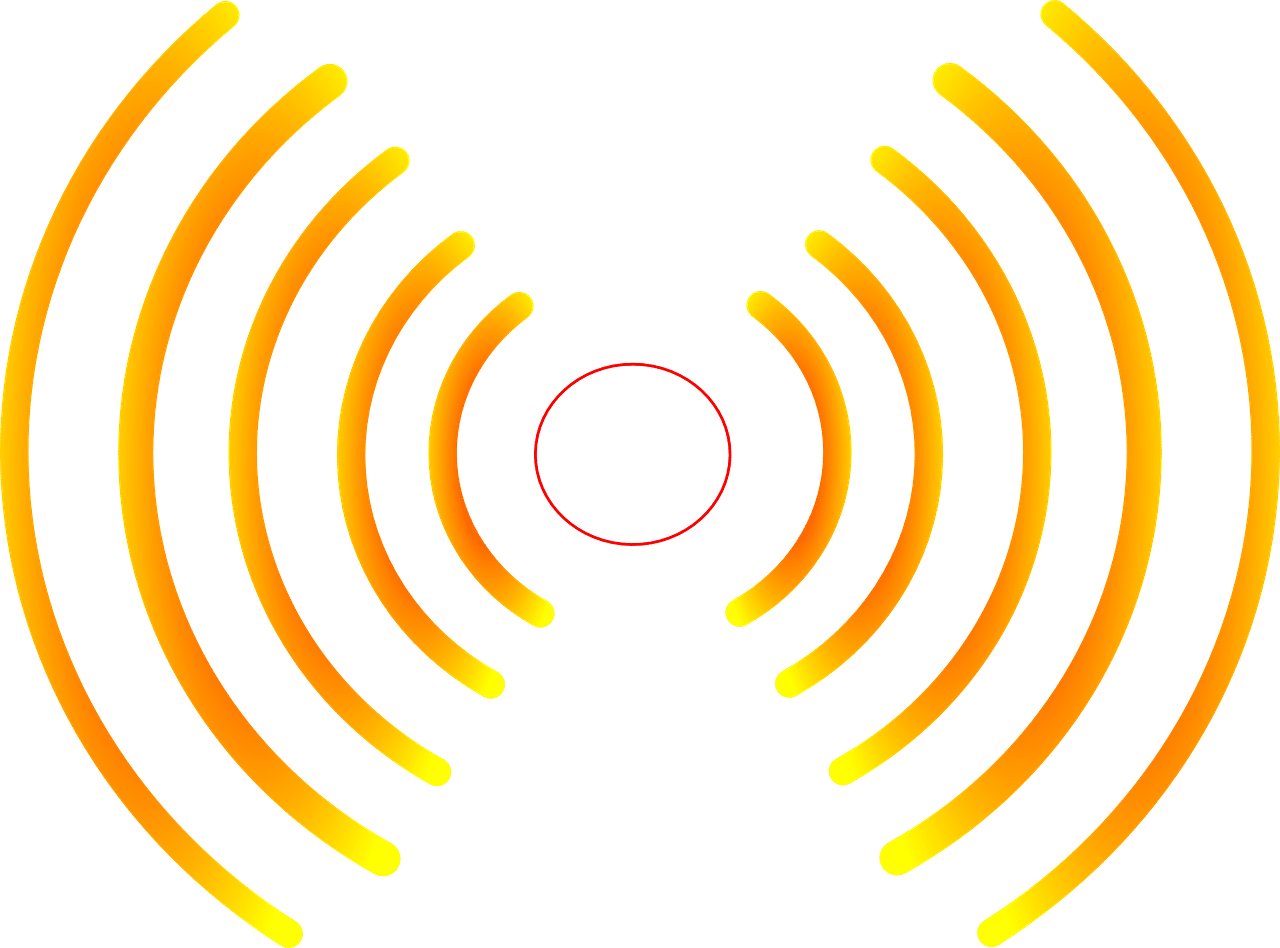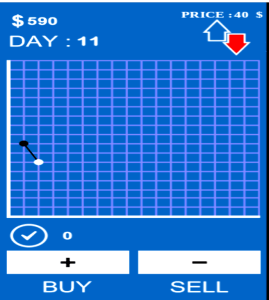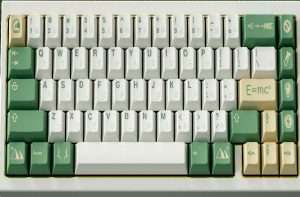Advantages and Disadvantages of Both WiFi and LiFi

Wireless fidelity uses radiofrequency to transfer information from an access point to other devices while Li-Fi uses visible light to transmit data, just like light bulbs.
Wifi has been around for years, and even though LiFi technology is becoming more developed to take over wifi, there are pros and cons of each technology and Wifi will not go into extinction in the near future.
In communication technology, wifi is still more efficient and reliable since it covers a long distance than Li-Fi and more than 65% of global data is transmitted via wireless fidelity network.
But when we talk about data transfer of industrial machines, LiFi will rule. For example, in an industry or warehouse controlled by large robots that are moving autonomously from one station to another, wifi with its radio network will be easily overloaded.
However, data transmission with Li-Fi is based on Visual Light Communication and is bi-directional, and data will be transmitted to exactly one robot at a certain point.
Why do we need LIFI when WIFI exists?
In a conventional wireless network like wifi, data can go through doors and walls, which is one advantage against light fidelity.
But when you have wireless local area networks running at the same time in the area, they will conflict against each other and the speed of data transmission will become slow.
LiFi, on the other hand, is limited to an enclosed environment as it does not go through walls, therefore, you can limit the range of data transmission easily.
The use of both lifi and wifi lies in their advantages and disadvantages with respect to the environment, efficiency, and other personal factors.
LiFi prevents interference from electromagnetic waves in data transmission, hence, good in the hospital, airplane, Nuclear power stations and other places where electromagnetic materials are heavily used.
Countries like the US, Russia, UK, China, Israel are already keyed into this technology and will definitely shape another industrial revolution in the future.
Other Pros and Cons of both WiFi and Lifi
Talking about the speed of Light over Wireless fidelity, LiFi is 100 times faster than wifi network since it can transmit more than 200 gigabytes per second in some cases. However, this comes at a short distance of 10 cm.
LiFi can, however, transmit data in distance up to 10 meters but the time taken will also be longer depending on the size of the data.
Another advantage of LiFi over WiFi is in terms of data security is that each individual LED involved has its unique data channel, making it safer than wireless.
However, this can also become a disadvantage when the receiver dongle is not in direct view since data can not be transmitted in this condition. Also, Li-Fi signals cannot be transmitted through walls.
LiFi is efficient since it consumes less power since LEDs can be dimmed or lightened to control the speed of data transfer.
Data transfer is faster because of the ability to dim the LEDs but it can not work in the dark when the light level is not far above 50 lux.
For LiFi, other sources of light cause interference with the signal and affect the data transmission.
Another big disadvantage is the light pollution it will cause if adopted on a large scale and the health effects on man.
High level of arsenic in LEDs is a potential for cancer and in the same vein, LED brightness isn’t good for our eyes
While 5G is becoming more in use across the globe, there is also corresponding demand for the wireless networks on a broad basis.
Therefore, Li-Fi is more demanded in an environment where IoT devices are more in use.
Because of the benefits of LiFi in communicating industrial machines better than wifi, several big companies are interested in advancing this disruptive technology.
Oledcomm recently presented some products in Las Vegas at the CES for the year 2019. Some of the products include a desk lamp that can supply Li-Fi Internet to up to 16 devices equipped with dongles.
Oledcomm also pledges to install about 250,000 Li-Fi-capable LED lights in the Paris metro to bring a new model of wireless Internet access in the area.
Similarly, Signify has also showcased its Li-Fi system in Hamburg and has launched LED lights with Li-Fi technology.
Institute of Electrical and Electronics Engineers (IEEE), which is the biggest electronic and electrical engineering association is now interested in LiFi technology, and to standardize its products.
Conclusion
While Li-Fi can be used at home, it’s more expensive to be used because the Li-Fi hotspot would have to be installed in each room since the signal can no go through walls.
However, LiFi can be more helpful in industries since data transmission via light is tap-proof and works even between the metal structures of a factory building without causing interference.






